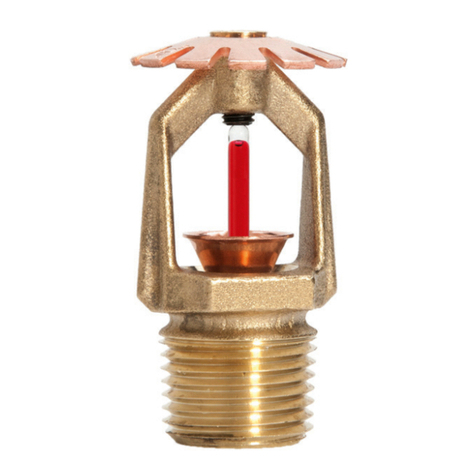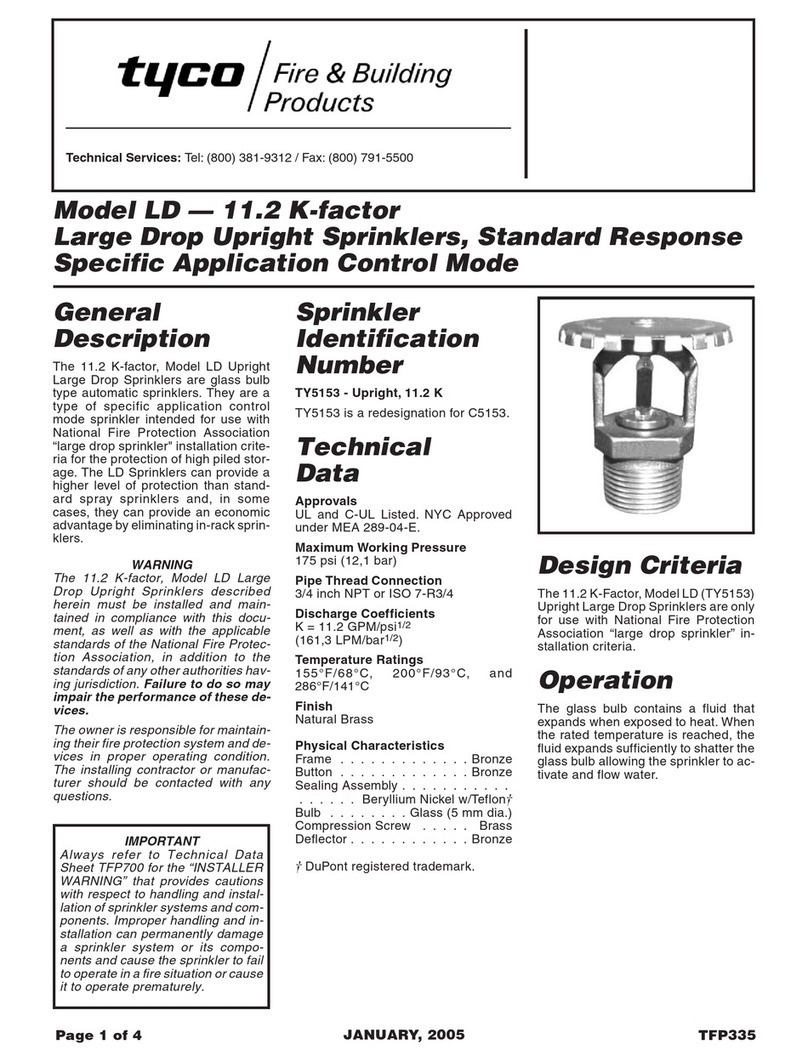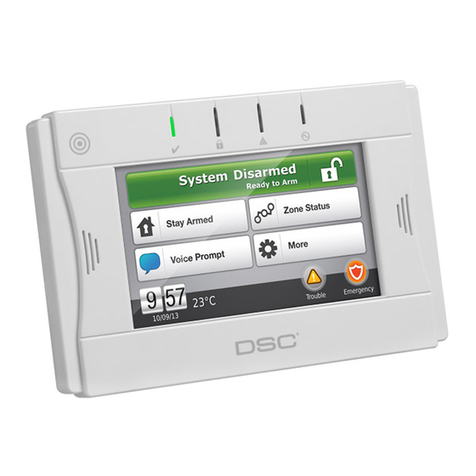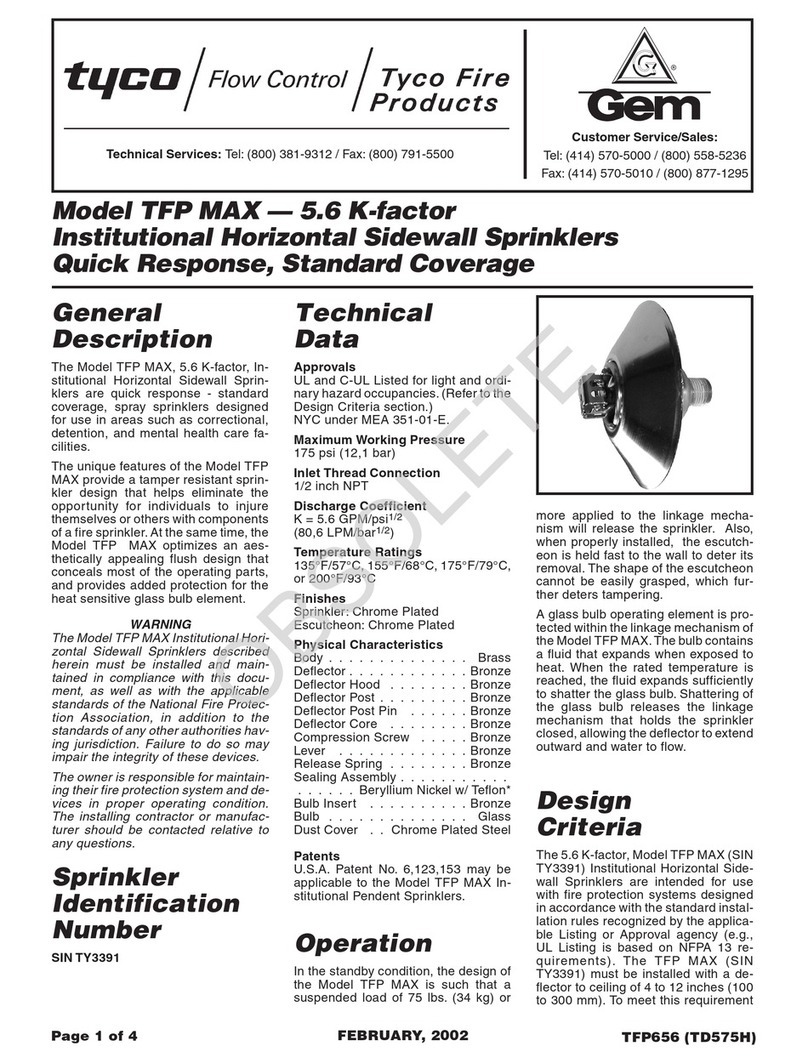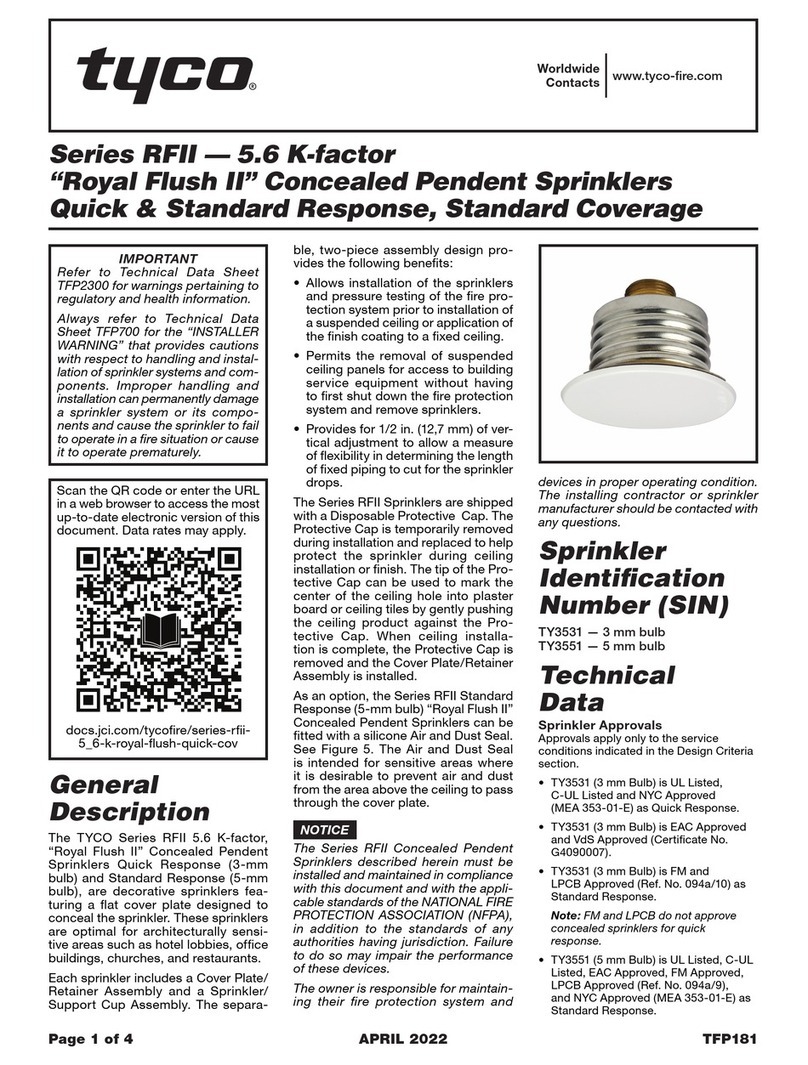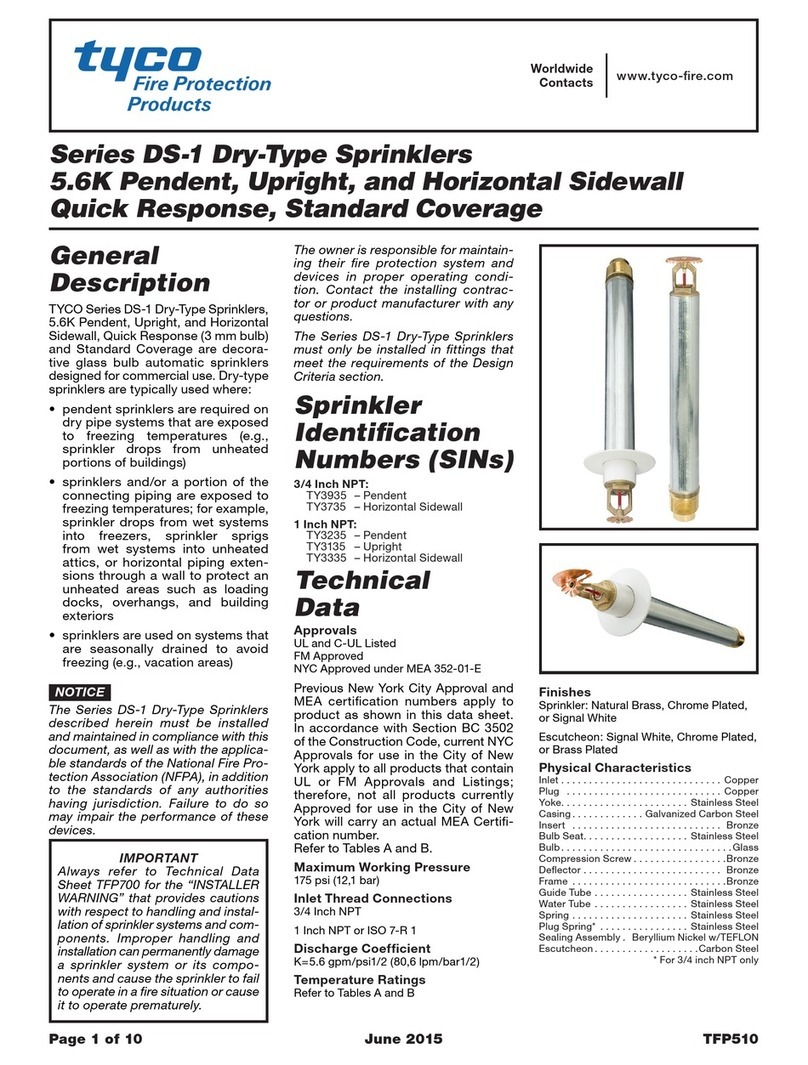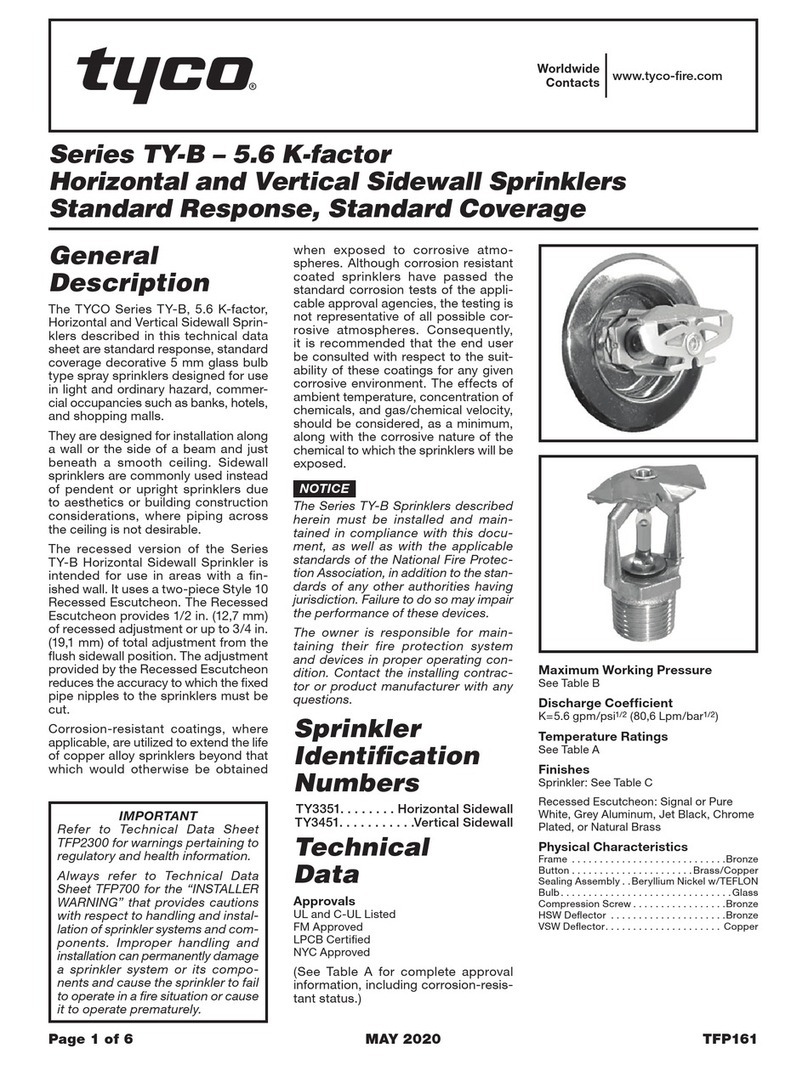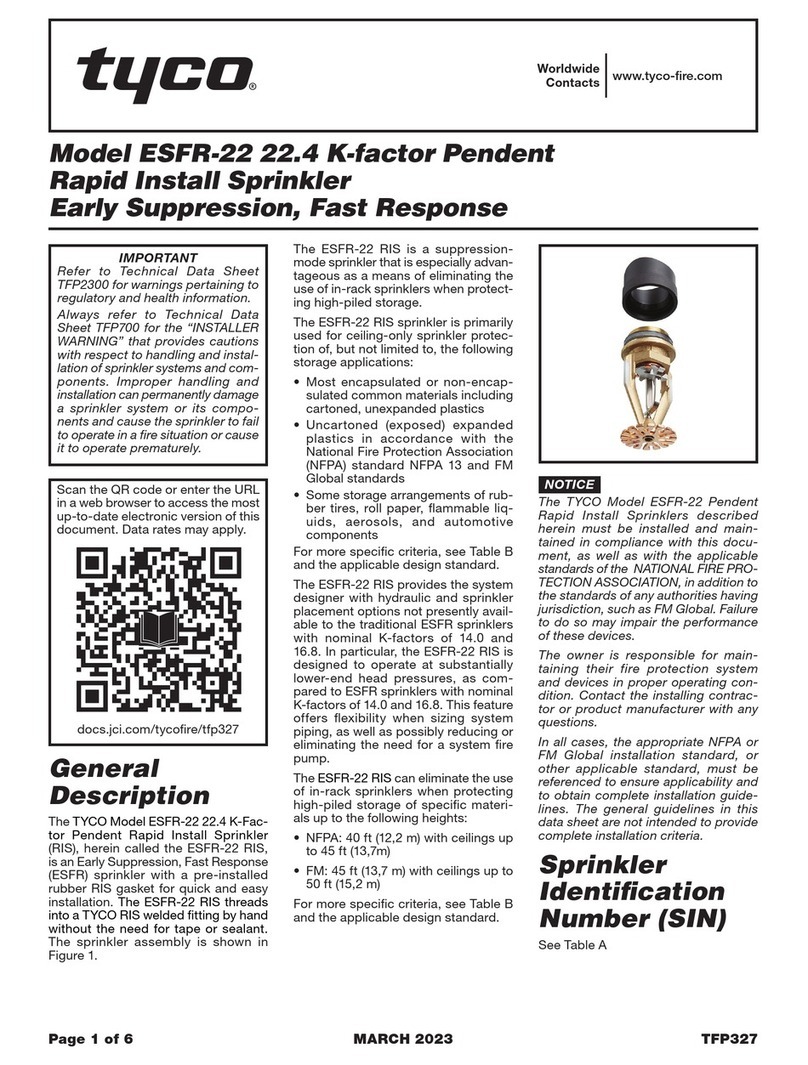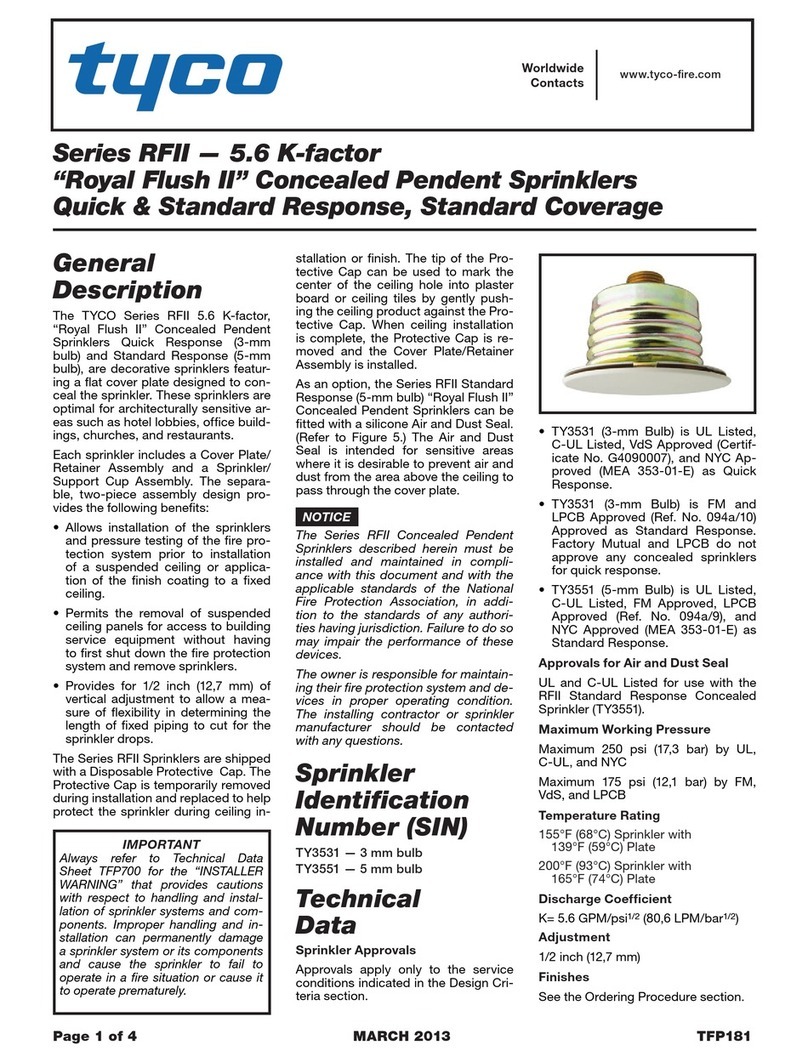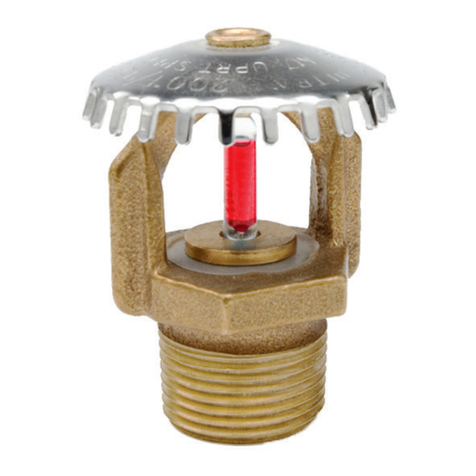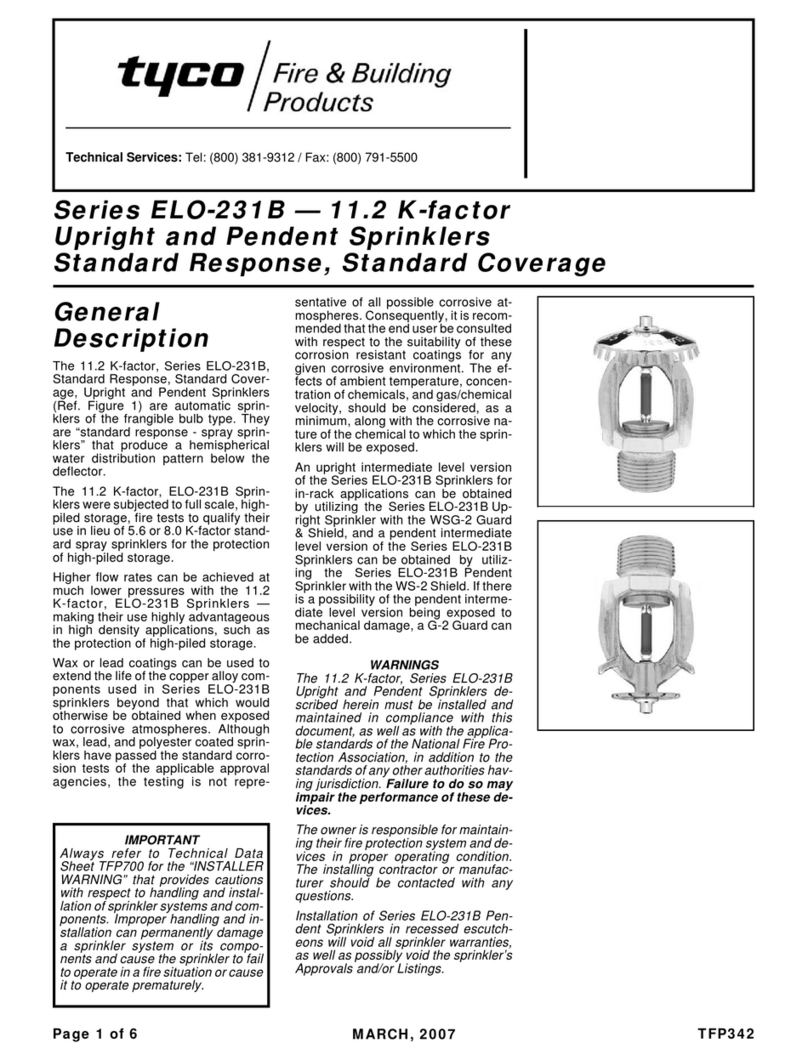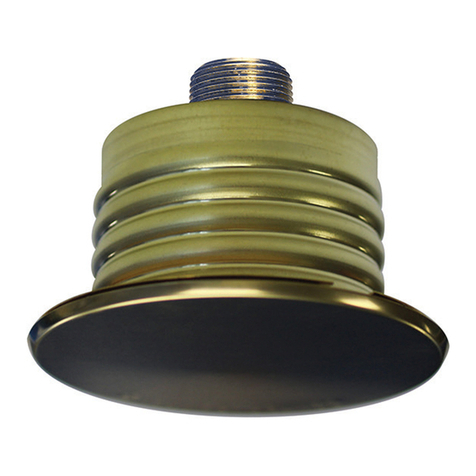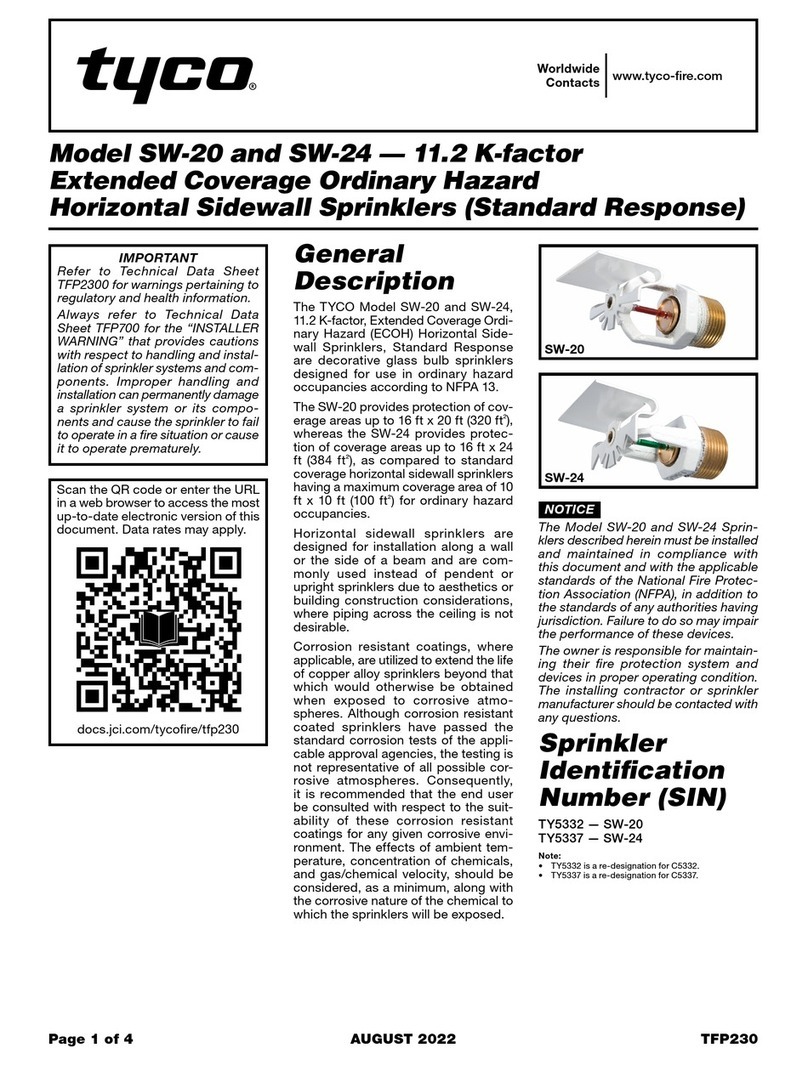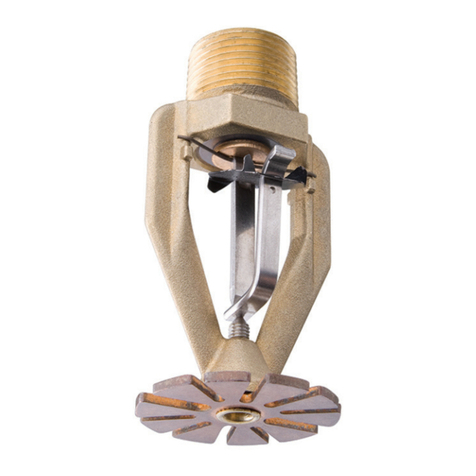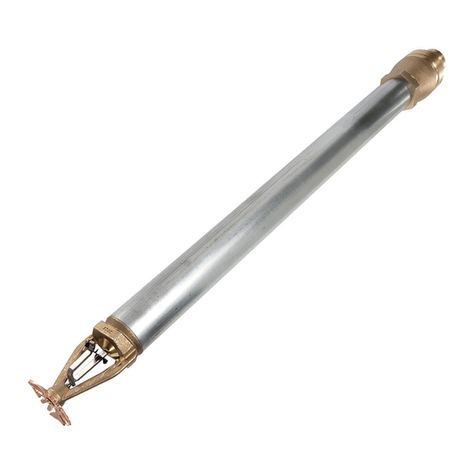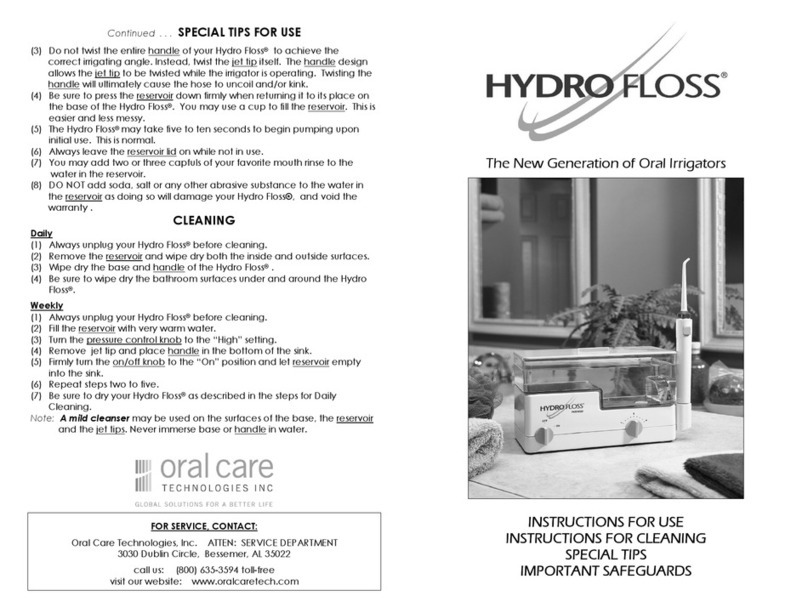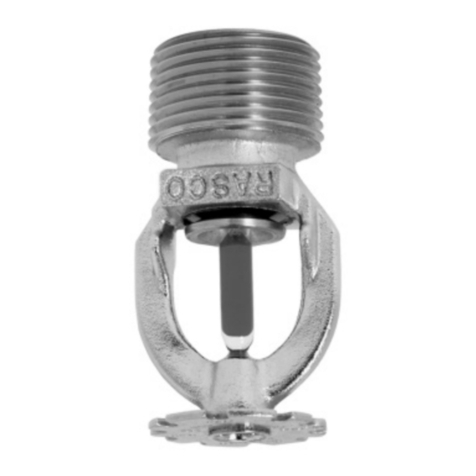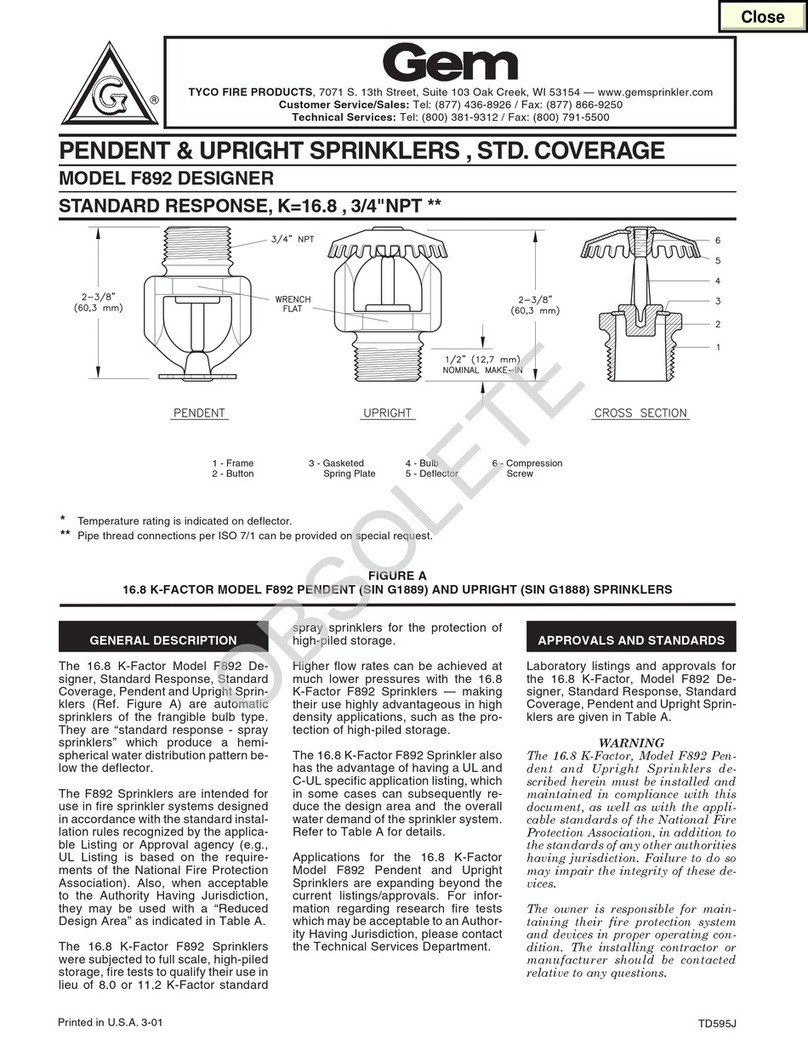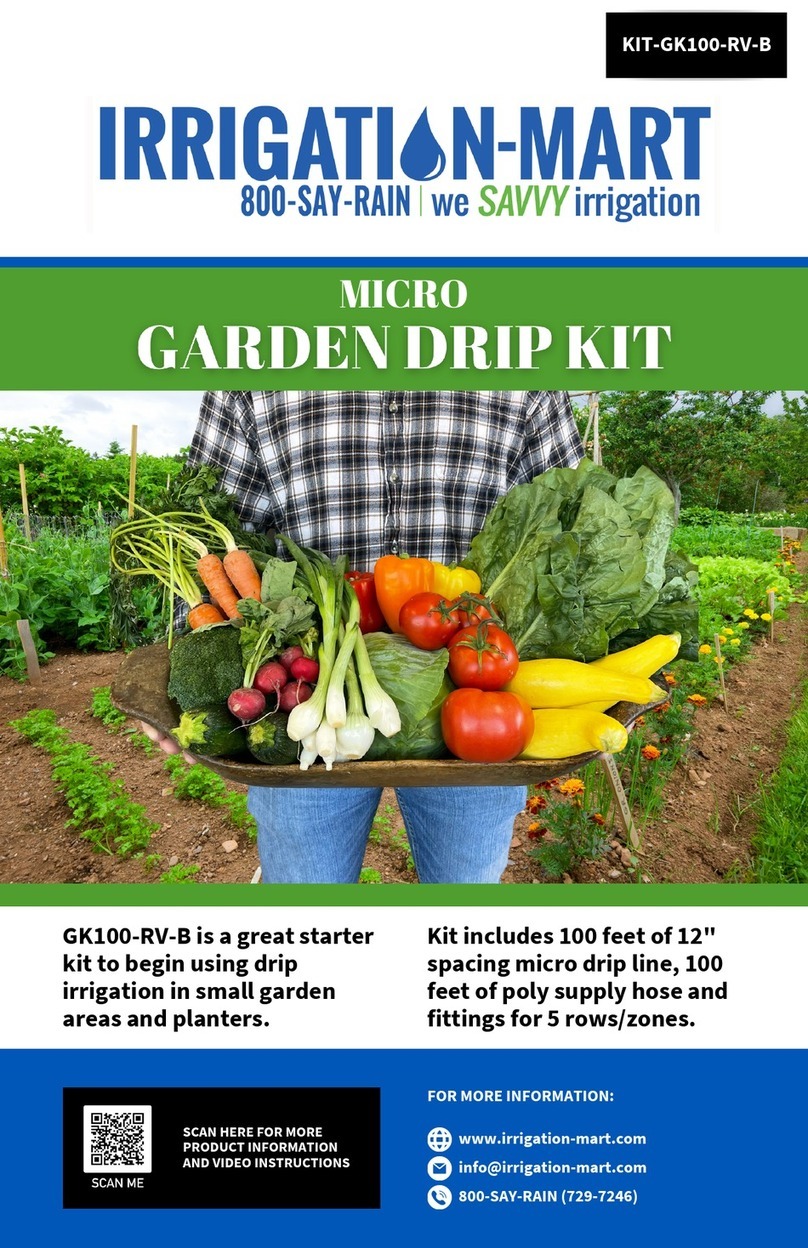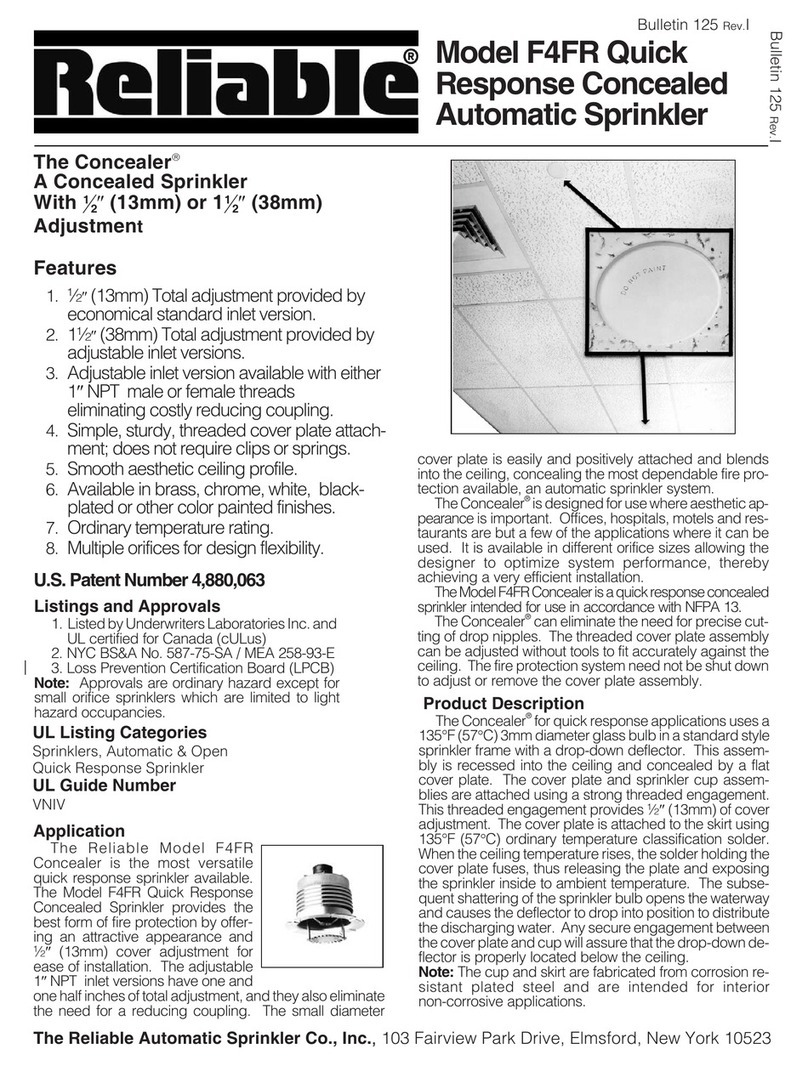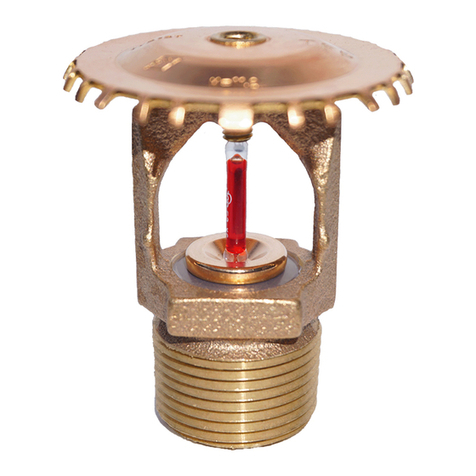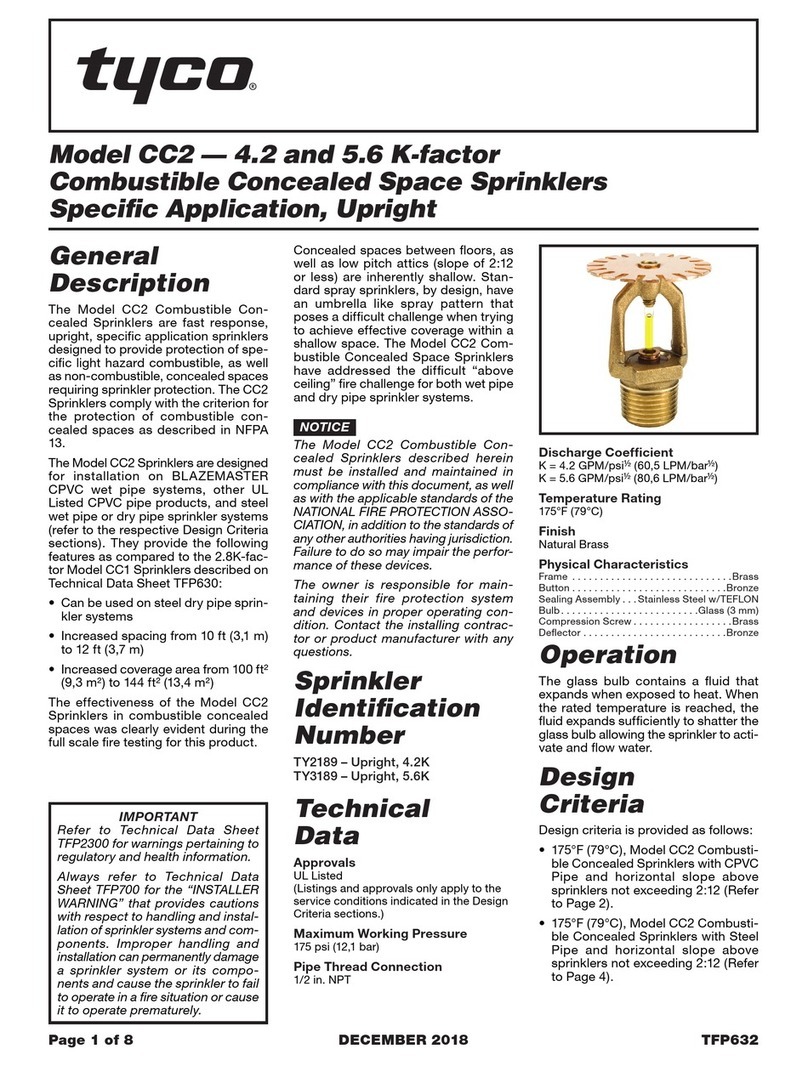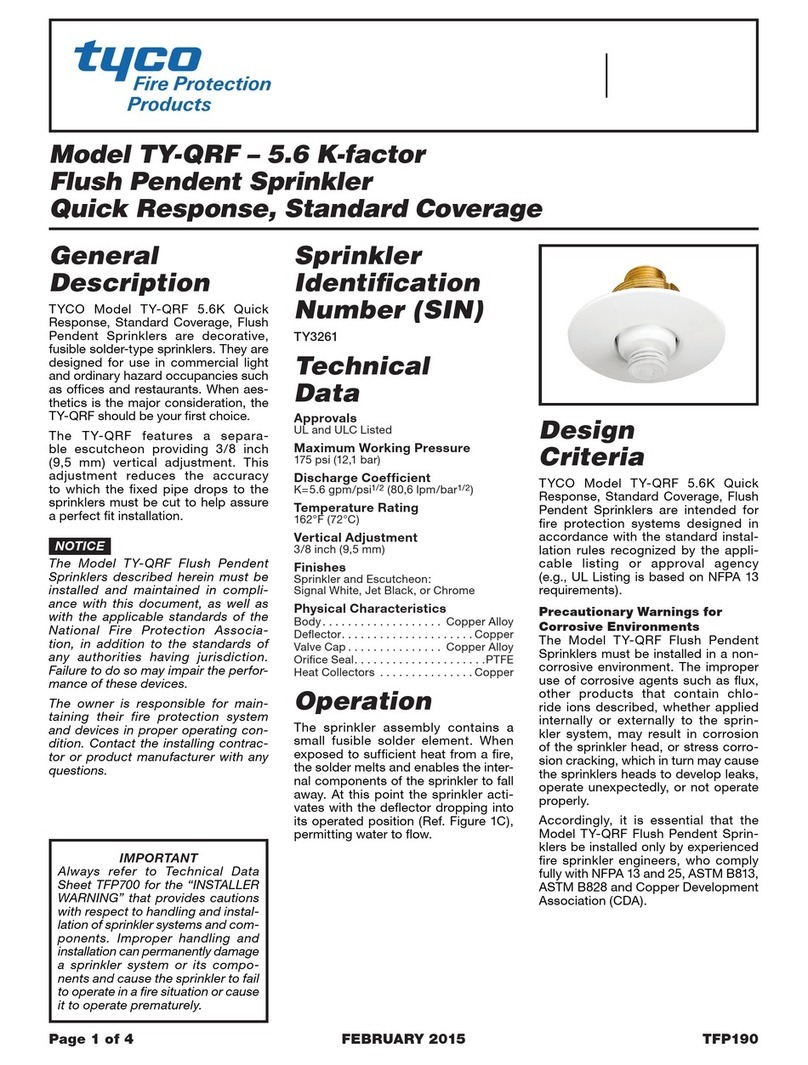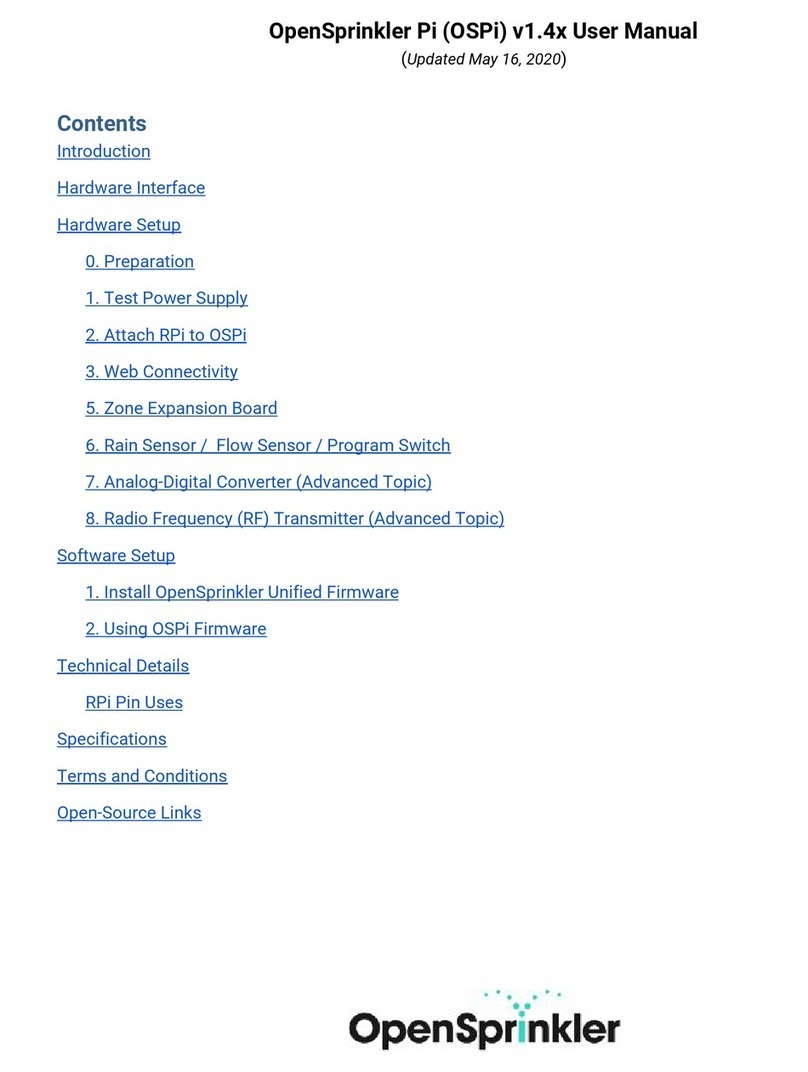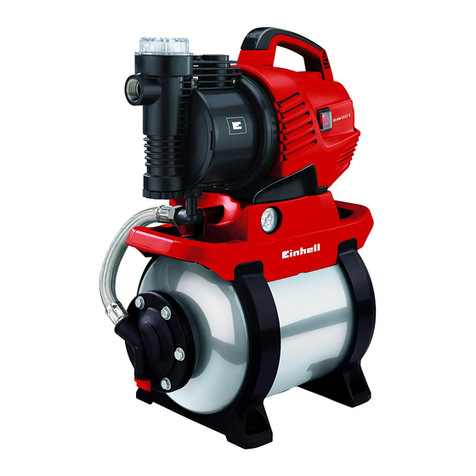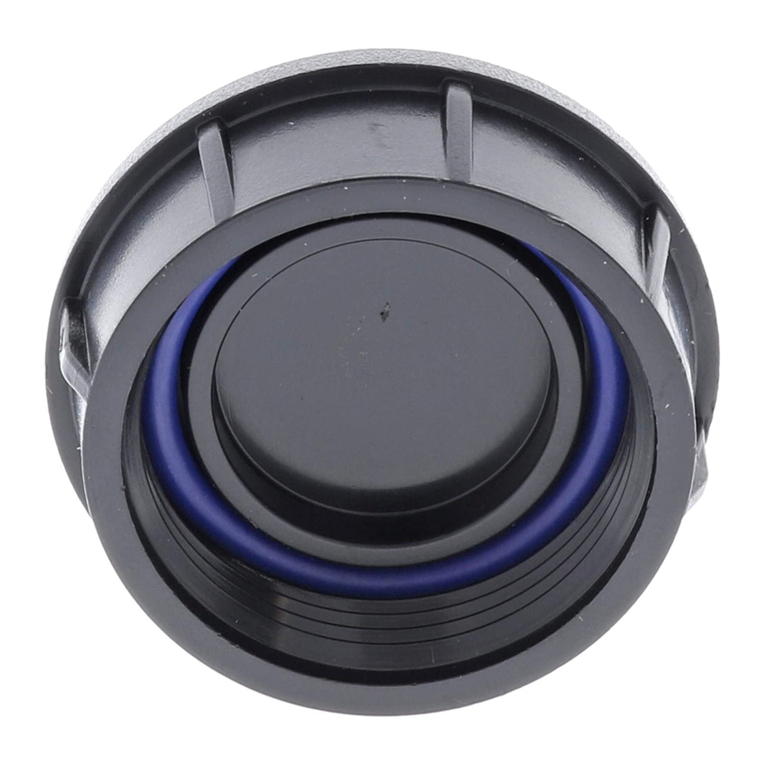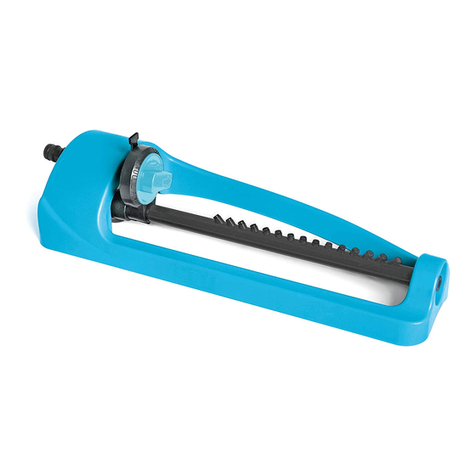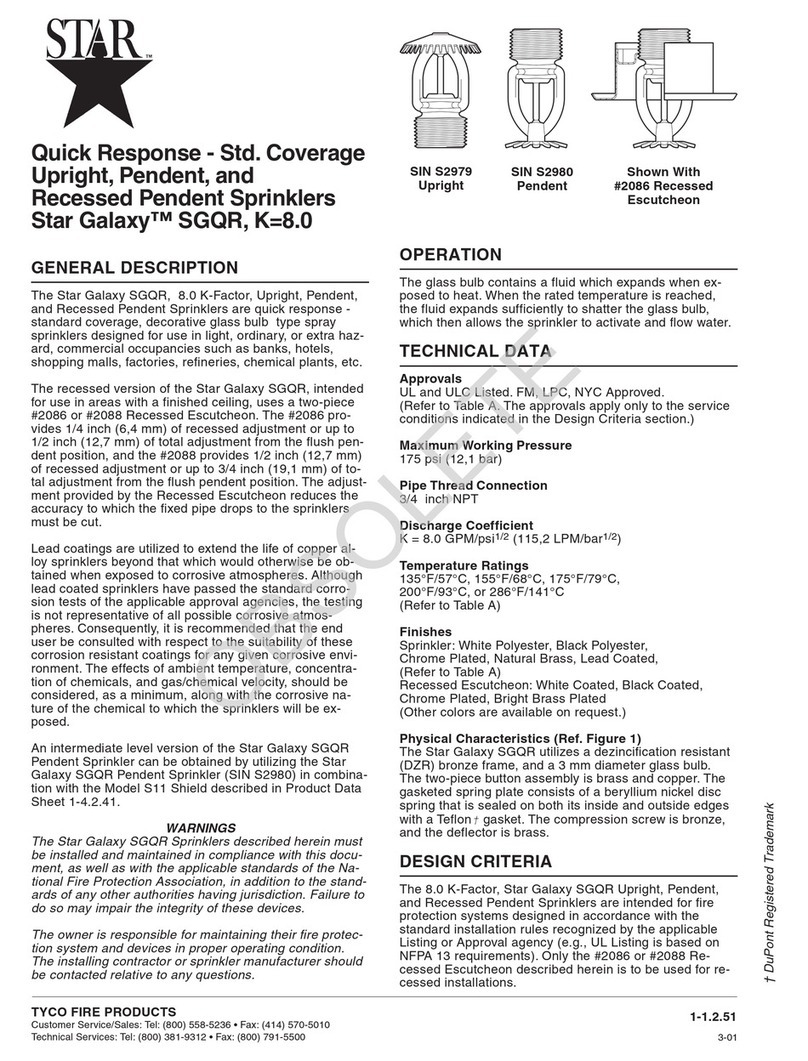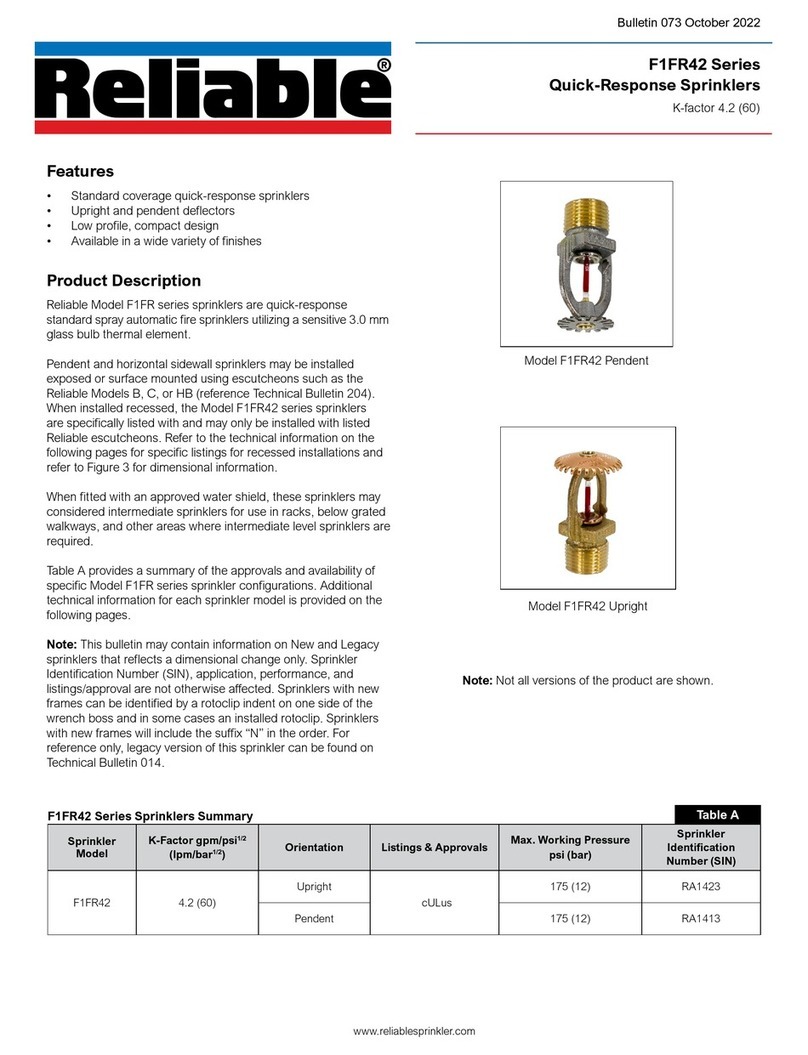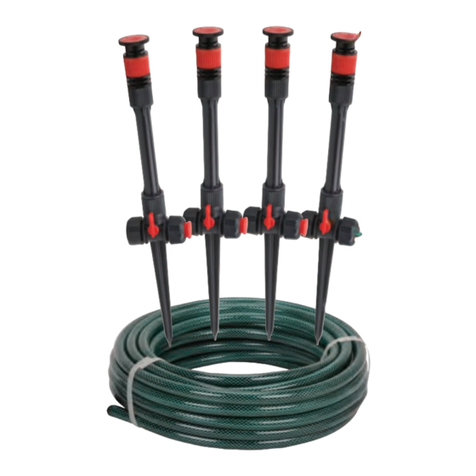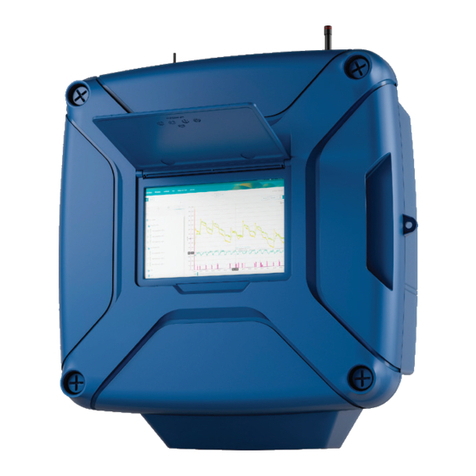
TFP982
Page 6 of 6
NATIONAL FIRE PROTECTION ASSOCIATION and NFPA are registered trademarks of National Fire Protection Association;
TEFLON is a trademark of The Chemours Company FC, LLC
1400 Pennbrook Parkway, Lansdale, PA 19446 | Telephone +1-215-362-0700
© 2022 Johnson Controls. All rights reserved. All specifications and other information shown were current as of document revision date and are subject to change without notice.
Valve Setting
Procedure
Perform steps 1 through 9 when initially
filling the fire sprinkler and domestic
system piping with water or after a fire
sprinkler operation (Ref. Figure 1).
Step 1. Close the Main Control Valve.
Step 2. Close the Domestic Control
Valve and all water outlets in the
domestic piping system.
Step 3. In addition to the Drain and
Flow Test Connection in the fire sprin-
kler system, close all drain valves and
replace all operated sprinklers as
necessary.
Step 4. Partially open the Main Control
Valve until the sound of flowing water
just begins, then leave the Main Control
Valve in the partially open position.
Step 5. After the fire sprinkler system
pressure gauge indicates approxi-
mately the same pressure as the supply
pressure gauge, fully open the Main
Control Valve.
Step 6. Open the highest elevation
outlet on the domestic system.
Step 7. Partially open the Domestic
Control Valve until the sound of flowing
water begins. Allow the domestic
piping to fill slowly with water.
Step 8. Close the highest elevation
water outlet on the domestic system
when unaerated water begins to flow.
Step 9. Completely open the Domes-
tic Control Valve, then check that the
domestic system is properly pressur-
ized by verifying that at least three
water outlets in the domestic system
can flow full at the same time.
•
If the water outlets ow fully, the
Model RSV-1 Valve is set and ready
for service. Close the water outlets
on the domestic system.
•
If the water outlets do not ow
fully, re-close the Domestic
Control Valve, wait a minimum
of ten seconds, and ensure that
there is no ow from the re
sprinkler system piping. Reopen
the Domestic Control Valve, then
recheck that the water outlets are
owing fully.
Care and
Maintenance
The following inspection procedure
for the TYCO Model RSV-1 Residen-
tial Shut-Off Valve must be performed
as indicated, in addition to any specific
requirements of the NFPA. Any impair-
ment must be immediately corrected.
Before closing a fire protection system
control valve for inspection or main-
tenance work on the fire protection
system that it controls, obtain per-
mission to shut down the affected fire
protection system from the proper
authorities and notify all personnel who
may be affected by this action.
Make no attempt to repair any Model
RSV-1 Valve component in the field.
The Model RSV-1 Valve is not field-
repairable. If malfunction occurs, the
entire unit must be replaced.
The operational test and flow test pro-
cedures result in operation of the asso-
ciated alarms, as well as an interruption
of the domestic water supply service.
You must notify the owner, building
occupants, and the fire department,
central station, or other signal station
to which the alarms are connected.
After placing a fire protection system
in service, notify the proper authorities
and advise those responsible for moni-
toring proprietary and/or central station
alarms.
The owner is responsible for the
inspection, testing, and maintenance of
their fire protection system and devices
in compliance with this document, as
well as with the applicable standards
of the National Fire Protection Associa-
tion (e.g., NFPA 25), in addition to the
standards of any authority having juris-
diction. Contact the installing contrac-
tor or product manufacturer regarding
any questions.
Automatic sprinkler systems should be
inspected, tested, and maintained by a
qualified Inspection Service in accor-
dance with local requirements and/or
national codes and standards.
Operation Test Procedure
Step 1. Fully open two or three water
outlets in the domestic piping system.
Step 2. To simulate a sprinkler opera-
tion, open the Alarm Test Connection
of the fire sprinkler system.
Step 3. Verify that any alarms are oper-
ating and that the flow from the domes-
tic water outlets decreases to no more
than a trickle.
Step 4. Reset the Model RSV-1 Valve
in accordance with the Valve Setting
Procedure described in this data sheet.
Flow Test Procedure
Step A. While there is no water
flowing in the domestic system, com-
pletely open the Drain and Flow Test
Connection.
Step B. While water is flowing, record
the pressure reading on the fire sprin-
kler system pressure gauge and then
compare this reading to previous
readings.
If there is a significant decrease in pres-
sure since the last time the pressure
reading was taken and this decrease
is not due to a normally expected drop
in the water supply pressure, an impair-
ment may exist that should be immedi-
ately identified and corrected.
Step C. Close the Drain and Flow Test
Connection to allow the Model RSV-1
Valve to reset automatically. Automatic
resetting occurs within ten seconds.
Step D. After waiting ten seconds, com-
pletely open at least three water outlets
in the domestic system and allow these
outlets to flow simultaneously.
If the water outlets flow fully, the
Model RSV-1 Valve is set and ready for
service. Close the water outlets on the
domestic system.
If the water outlets do not flow fully,
close the Domestic Control Valve and
verify that there is no flow from the fire
sprinkler system piping, such as at
the Inspector’s Test Connection. Wait
a minimum of ten seconds. Re-open
the Domestic Control Valve and then
recheck that the domestic system
water outlets are flowing full.
Limited
Warranty
For warranty terms and conditions, visit
www.tyco-fire.com.
Ordering
Procedure
Contact your local distributor for avail-
ability. When placing an order, indicate
the full product name and Part Number
(P/N).
Valves with NPT Connections
Specify: 1 Inch NPT (DN25) Model
RSV-1 Residential Shut-Off Valve,
P/N 52-540-1-011
Specify: 2 Inch NPT (DN50) Model
RSV-1 Residential Shut-Off Valve,
P/N 52-540-1-012
